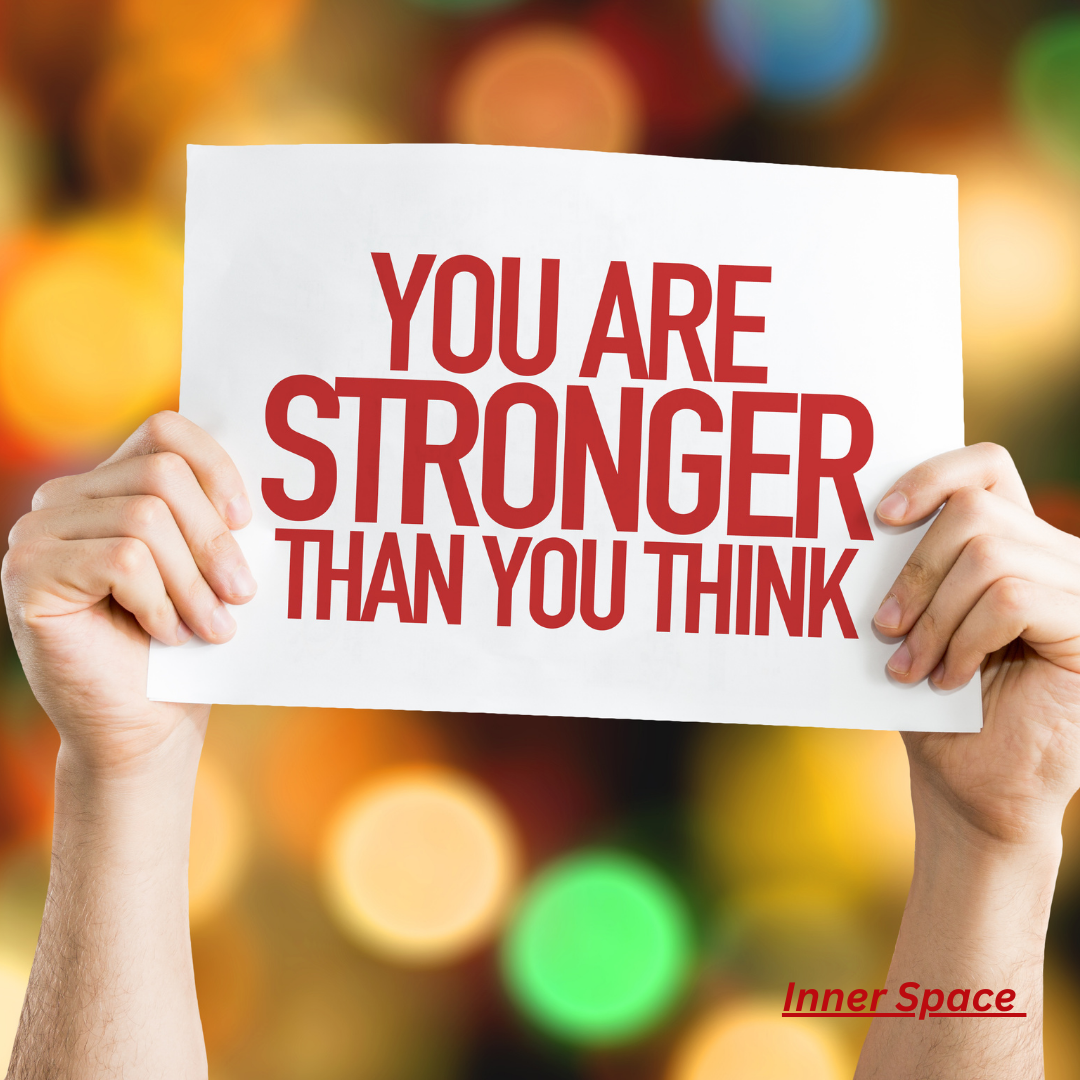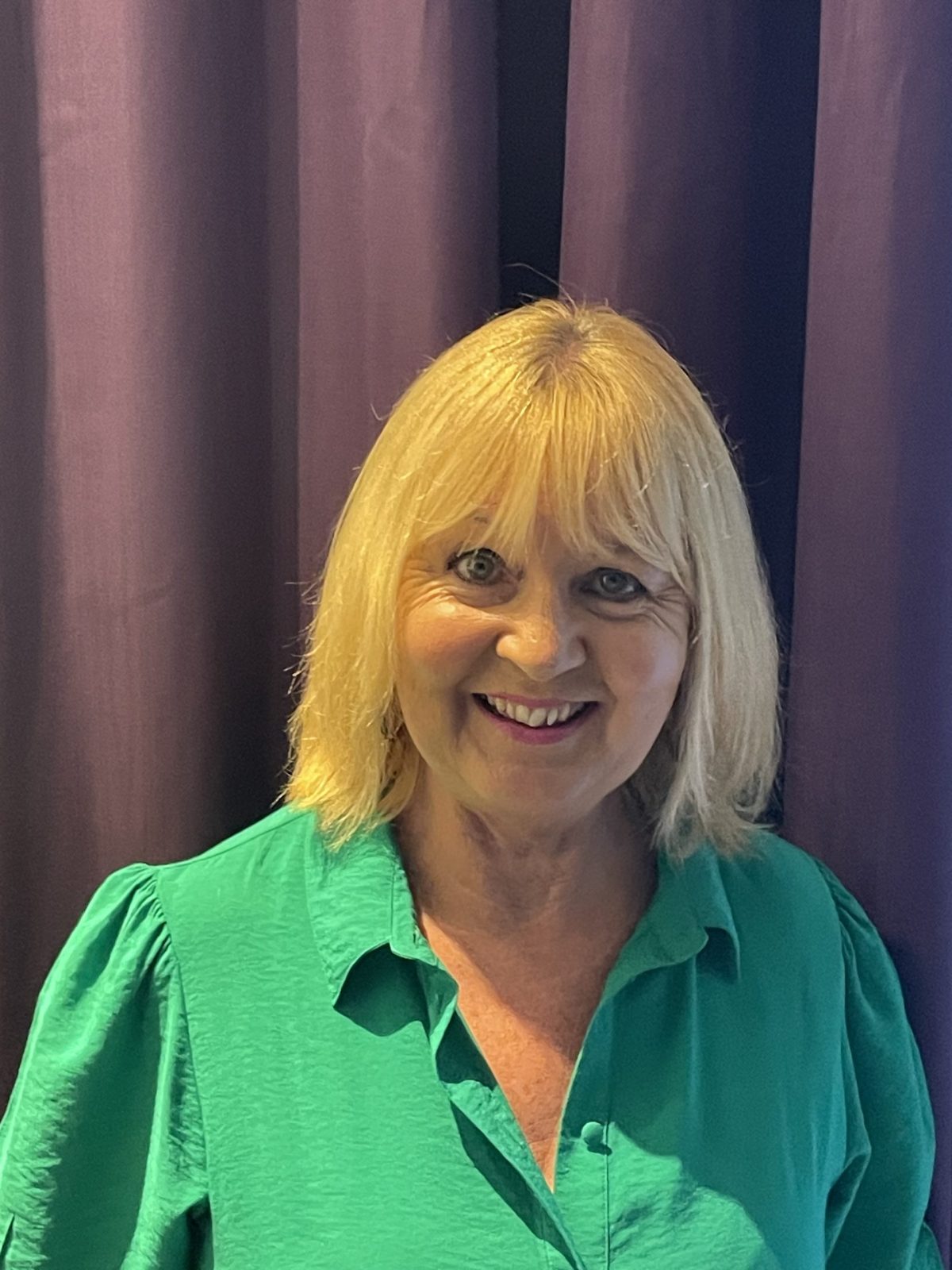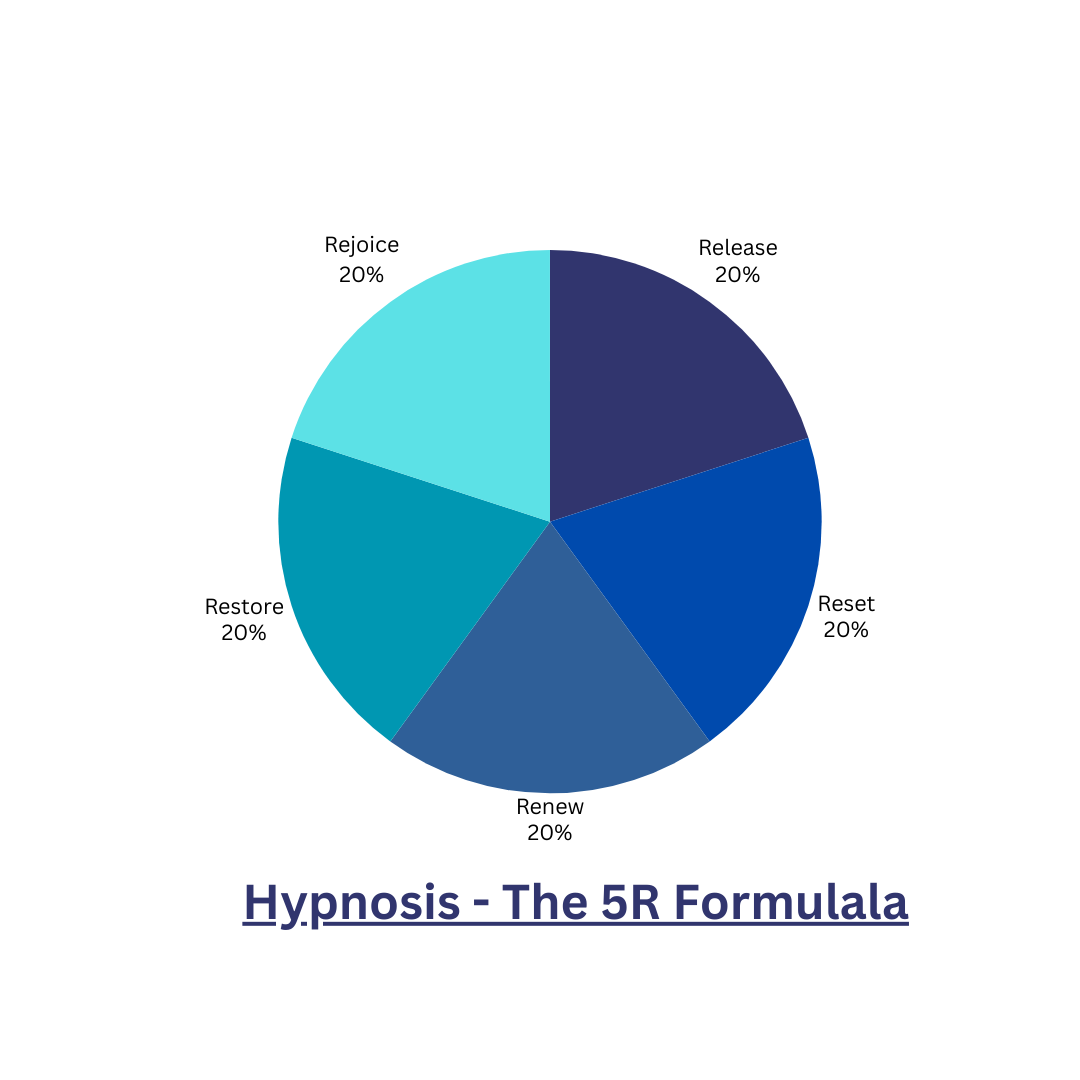When you’re trapped in a limiting belief — doubting yourself, feeling inadequate, unworthy, or just not good enough — it can hold you back in all areas of life. Career, relationships, social situations… everything can feel just out of reach.
You might recognise the feelings of anxiety, hesitation, or unease when it comes to putting yourself forward, speaking up, enjoying time with friends, or going for something you truly want. That discomfort can feel so intense and unfamiliar, you freeze. You retreat. You stay in your comfort zone. You tell yourself, “It’s just the way I am.”
Whether you call it low confidence, Imposter Syndrome, or anxiety, your brain has laid down some boundaries about what you can and cannot do, in order to stay safe, to survive. It’s not your fault — these patterns were laid down long ago.
Often, they began in childhood. Sometimes it was unintentional: a comment, a look, an experience, a misunderstanding. Other times, it was more direct — ridicule, rejection, or moments that made you feel small, powerless, afraid, or unseen.
Perhaps you had to smile and keep others happy, even when you felt uncomfortable or scared inside. Maybe you weren’t allowed to speak up, or were told in subtle ways that your voice didn’t matter. As a child, every experience is recorded and tagged according to the emotion you felt at the time.
As you grew up, you learned to adapt and cope. You found a way around it, mostly. But, your brain (and body) remembered, by laying down neural pathways that connect the stimulus (and anything similar) to the response, in order to protect you.
Those old feelings can still bubble up today: at work, in new relationships, in social situations, or anytime you want to show up fully and confidently, put yourself out there, move forward in life and expand your horizons. Even things like posting on social media can seem a bit scary for someone who has a limit or a boundary in place.
It’s like driving with the brakes on — you want to move forward, but something keeps holding you back.
Sometimes, trauma lies at the root of it. Trauma doesn’t always mean a major life event — it can be anything that overwhelmed your ability to cope at the time. It’s like a roadblock in the psyche. You try to move forward, but it repeats, unconsciously, like a broken record. Even if you’ve pushed it aside, your brain remembers.
There is a way through.
Therapy helps you uncover the keys that unlock the door to your freedom in different ways:
- To identify the real issue beneath the surface
- To understand that it’s a brain thing (not your fault)
- To detach the emotion from the stimulus
- To quieten the inner critic
- To release the emotional pain
- To establish your true identity (without the problem)
- To reconnect with the version of you that shines — uplifted, confident, radiant and free.
You don’t need to stay trapped in old beliefs that no longer serve you.
Your Ideal, Authentic Self is already within you.
Hypnotherapy and BWRT can help you.
Get in touch today and book your free consultation.
Let’s begin the journey back to you.










